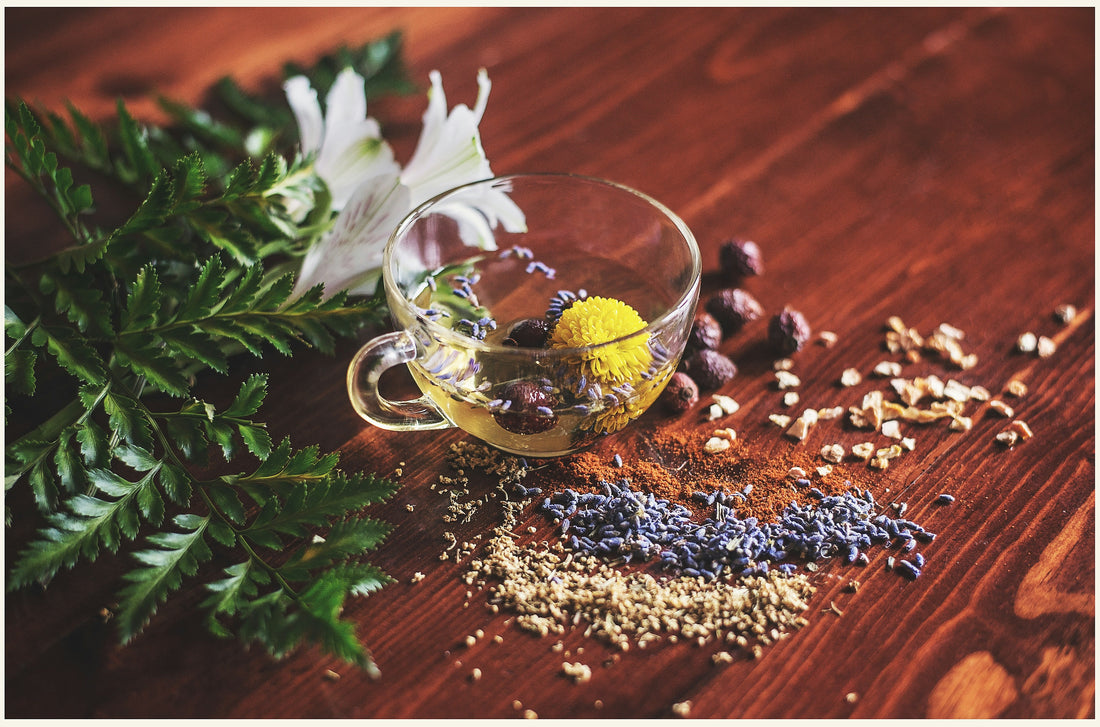
A Brief History of Tea
Share
Tea, a simple infusion of leaves in water, holds a rich and fascinating history that spans thousands of years. From its legendary origins in ancient China to its role as a global cultural phenomenon, tea has been cherished across continents as a source of comfort, connection, and even revolution. Let’s explore the journey of tea and its impact on the world.
The Mythical Beginnings
The history of tea begins in China, where legend attributes its discovery to Emperor Shen Nong in 2737 BCE. As the story goes, Shen Nong, a skilled herbalist, was boiling water under a tree when some leaves fell into his pot. The resulting brew produced a refreshing and energizing drink, marking the birth of tea. Whether fact or folklore, this tale highlights tea's deep roots in Chinese culture and its long association with health and vitality.
Tea in Ancient China
Tea cultivation and consumption became widespread during the Tang Dynasty (618–907 CE). Initially, it was used for medicinal purposes, but over time, tea drinking evolved into an art form. The Chinese developed elaborate rituals, giving rise to the tea culture that persists to this day. The Tang and Song dynasties also saw the publication of The Classic of Tea by Lu Yu, a seminal text that detailed the philosophy, preparation, and appreciation of tea.
During this period, tea was primarily produced in compressed cake form, making it easy to transport and trade. This practical format helped tea spread along the Silk Road, bringing its influence to other cultures.
Tea Travels to Japan
Tea arrived in Japan during the 8th century, likely brought by Buddhist monks studying in China. It quickly became intertwined with Zen Buddhism, where it was valued for its ability to aid meditation. By the 12th century, Eisai, a Japanese Buddhist monk, introduced powdered green tea, or matcha, to Japanese culture. Over time, this practice evolved into the iconic Japanese tea ceremony, or chanoyu, emphasizing mindfulness, aesthetics, and harmony.
The Introduction to the West
Tea reached Europe in the early 17th century through Portuguese and Dutch traders. Initially, it was a luxury item reserved for the wealthy. By the mid-17th century, tea became popular in England, particularly after Queen Catherine of Braganza, a Portuguese princess, introduced it to the English court upon her marriage to King Charles II. The tradition of afternoon tea, credited to Anna, the Duchess of Bedford, further cemented tea’s place in British culture.
The Role of Tea in Colonization
The 18th century saw tea become a central commodity in global trade. The British East India Company began importing large quantities of tea from China, driving its popularity. However, the high cost of Chinese tea and reliance on silver for trade led Britain to seek an alternative. This sparked the introduction of tea cultivation in British-controlled India, particularly in Assam and Darjeeling, creating some of the most famous teas in the world.
Tea and Revolution
Tea's history is also intertwined with political upheaval. The Boston Tea Party of 1773, a protest against British taxation without representation, became a pivotal event leading to the American Revolution. Colonists, angered by the Tea Act, famously dumped 342 chests of tea into Boston Harbor, symbolizing defiance and sparking a broader resistance against British rule.
Modern-Day Tea Culture
Today, tea is the second most consumed beverage in the world after water, with countless varieties and styles catering to diverse tastes. Black tea remains the most popular globally, but green, oolong, white, and herbal teas are gaining traction. Countries like India, China, Japan, Sri Lanka, and Kenya are leaders in tea production, while countries such as the UK, Turkey, and Morocco have distinct tea traditions.
The rise of specialty teas, artisanal blends, and wellness-focused infusions has brought tea into the modern era. Innovations like ready-to-drink teas, sustainable packaging, and tea-based cocktails reflect its adaptability to changing consumer preferences.
The Global Impact of Tea
From meditative rituals in Japan to the vibrant chai stalls of India, tea is more than just a drink; it’s a universal symbol of hospitality and connection. Its journey through history is a testament to its ability to transcend borders, adapt to different cultures, and create moments of shared humanity.
As you sip your next cup of tea, take a moment to appreciate its rich history and the centuries of tradition it represents. Whether it’s a robust black tea, a soothing herbal blend, or a ceremonial matcha, tea continues to be a timeless companion for millions around the globe.
